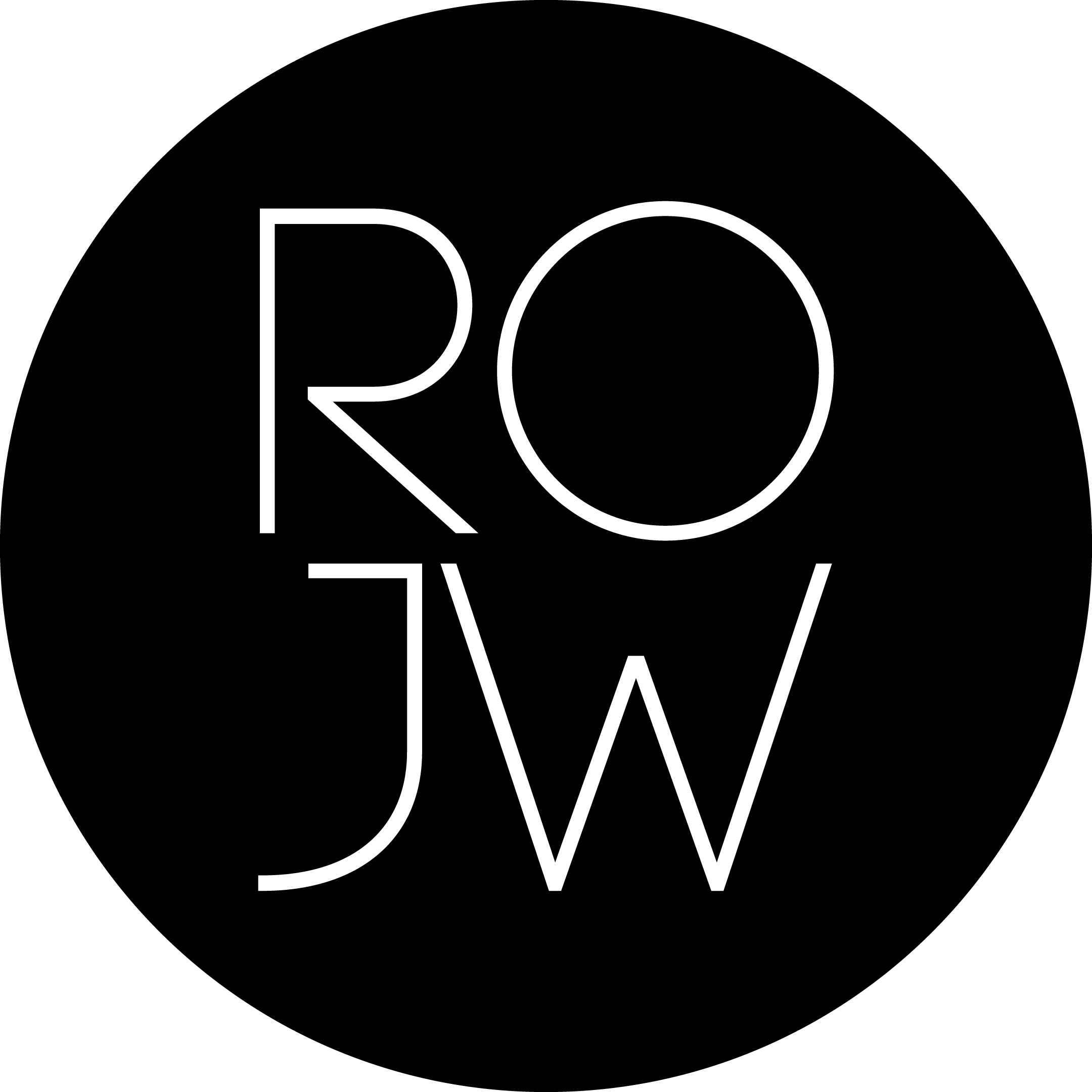Spot the Designer - Lorena Jarpa / Chile
What did you want to be when you were a child?
Costume designer.
When have you started creating jewelry? How did this passion come about?
When I was studying printmaking at the School of Fine Arts
What was your first project or significant piece for you and from what point of view?
The most significant piece that led me to artistic jewellery was the necklace "Fragments of a story", created from body painting and the bloody history of a people native to the Chilean and Argentinean Patagonia, the territory where I was born, this ethnic group called Selk¨Nam, today extinct due to the greed, cruelty and ambition of men. “Fragments of a Culture” - Fragments of bodies, memories, pieces of a whole; they are all part of a history. To admit to the facts is the beginning of the healing process. My pieces take hold of these fragments as a way of keeping history alive, a way of recognizing ourselves and ultimately give us the opportunity to rethink. Fragments to be carried on our bodies and to prompt curiosity to whoever sees them to query and to know about the events occurred to a culture that inhabited the land we now live on.
How do you charge your batteries?
In several ways, one is through the motivation that reading triggers in me, especially poetry, philosophy and biographies, they give me the step to create pieces that stimulate astonishment, curiosity and lead the observer to wonder about their existence. On the other hand I am motivated by experimentation and the desire to create something new, I always want to go further in the quest to surprise myself. I also recharge my batteries when something inside me leads me to look for my own language, my own signs and these lead to a piece that goes beyond the limits of a jewel that adorns, it must have a more powerful charge and that is built with the motivation that gives you an idea that comes from the senses, the values and the desire to share a more poetic vision of what I understand about life.
What other passions and creative interests do you have?
I like music, playing clarinet, travelling, architecture, painting, meeting other artists, the world of Illustration, good food and good wine. I like the management and dissemination of art and teamwork, I believe that art is the way to contribute to a more sensitive world, share ideas with people around the world to achieve a more global vision, it is at this point where @labrujula,art was born.
What does the connection between manufacturing tradition and contemporary design mean to you?
Traditional is heritage, so it is part of the cultural DNA, so there is a connection. One thing leads to another. Then each one goes its own way, someone who created a way of doing things thinking about solving an activity in the daily routine, then comes design to delve into solutions with a social responsibility, an approach from a more functional and critical point of view. I would also name Portable Art, which is derived from the previous two and is closer to the poetic and metaphors, where you play with the experimental, to shape an even more personal language, a look from the subjectivity with which you can give free rein to your ideas.
Is there a self-portrait piece that speaks most about you?
This photo of my mothers, portrays the exact moment when I realized, that more than fearing death, I fear old age, especially in my country, because there are no public policies that protect the integrity of those who reach their last stage of life, there are very precarious and degrading solutions, each of us must find our own ways to cope with a dignified old age. And with the decision taken by the people of my country, with the recent plebiscite, we have lost the great opportunity to be the ones to write our future, by a short-sighted, manipulated majority, who threw into the void the possibility of writing a constitution to our measure. Instead, the politicians will be the authors again.
Which material have you not yet used is a temptation and a challenge for you?
Any new material is a challenge, especially if it is not traditional in jewelry, it implies ingenuity and inventiveness to give a jewelry connotation. Each material proposes new gestures, rhythms, other looks. A nexus is created with the material, there is a communication that leads to the creation of my own signs where links, discernments, associations and projections of infinite abstractions that arise from reminiscences and becomings underlie.
How was the pandemic period for you as a jewelry designer?
It was a moment of confinement, invaded by fears that led me to transform my work space into a place of healing through making, which led me to create with more strength. In this process I discover the textile material which establishes a two-year continuum of destruction-construction that refers to an emphasis on deformed forms. This action leads to various conceptual devices that derive from contemporary jewelry to object art.
How do you see the future of contemporary jewelry?
Contemporary jewelry is here to stay, because it gives rise to infinite visions, as many options as there are ideas in one head. It is a language that is maturing very strongly and that unites all continents. For my part, I am gradually moving from Portable Art to Object Art.
Find more about the designer Lorena Jarpa


